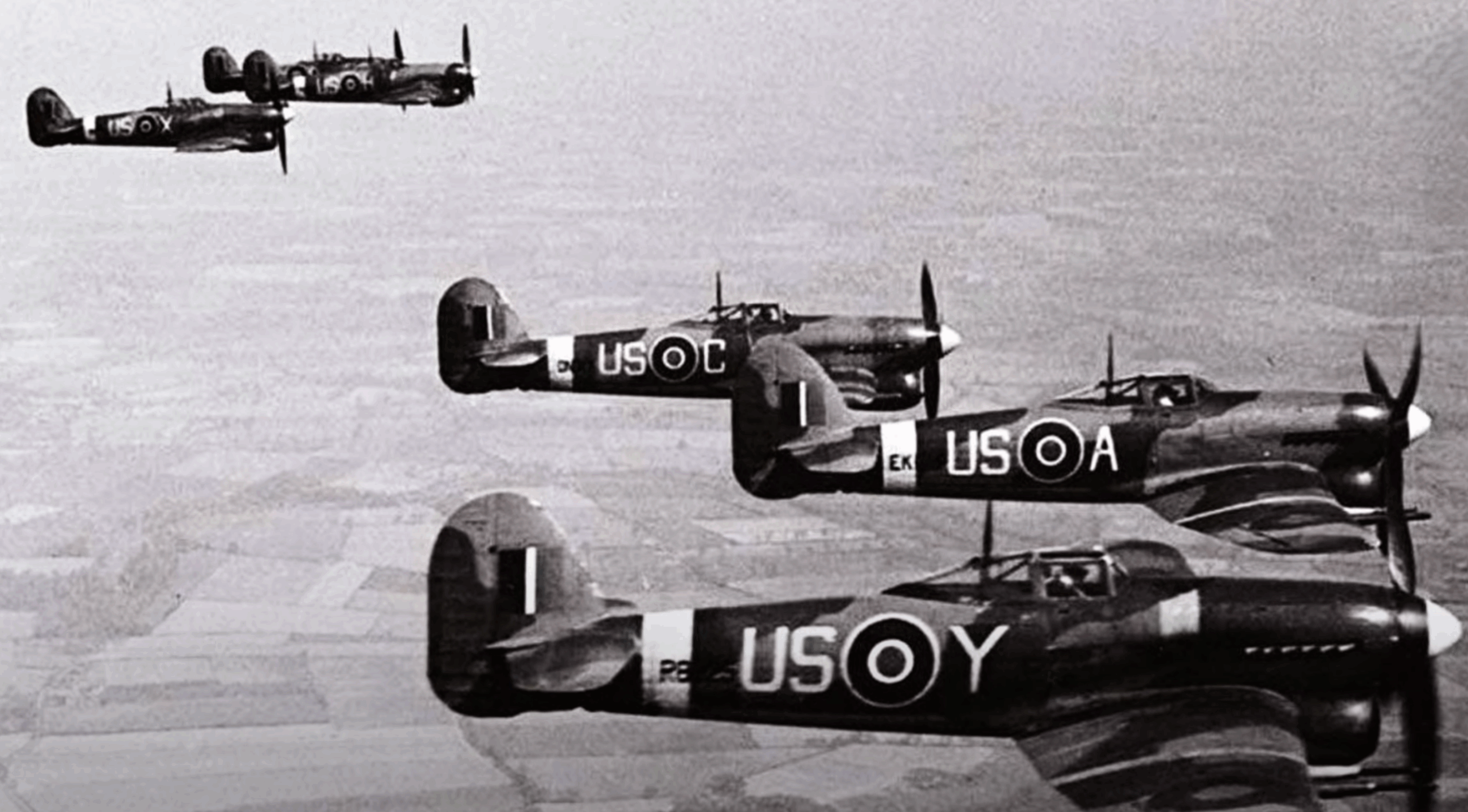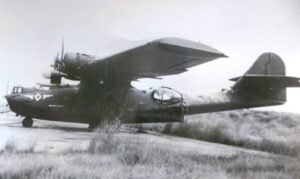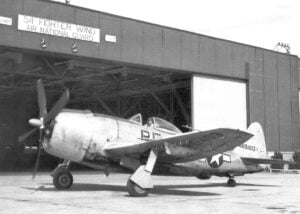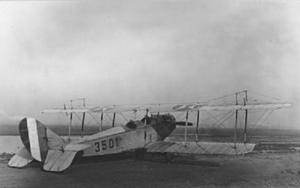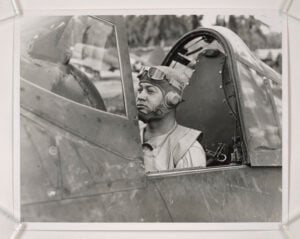Why This RAF Warplane Terrified WWII German Tanks And Nearly Killed Its Own Pilots
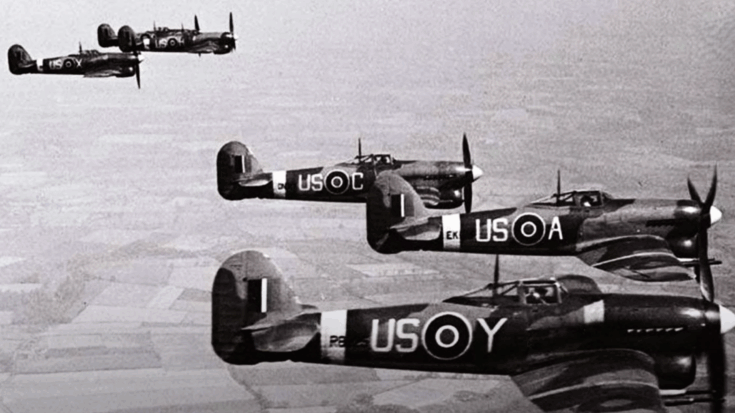
Historic Warframes / YouTube
A Fighter Built from Urgency
The Hawker Typhoon wasn’t originally built to attack tanks. In fact, its designers intended it as a high-speed interceptor to counter German bombers. But early tests exposed serious issues. During its 1940 trials, pilots experienced dangerous vibrations, carbon monoxide leaks, and unreliable engine behavior. At one point, there was talk of canceling the entire project. But the war changed everything, and instead of being scrapped, the Typhoon was repurposed.
British engineers realized the aircraft could perform well at low altitudes. The thick wings, which carried four 20mm cannons, and its powerful engine made it suitable for short-range ground attacks. By removing its high-altitude systems and adding rocket rails and armor, the Typhoon was reborn as a ground attack fighter—one that German forces soon came to fear.
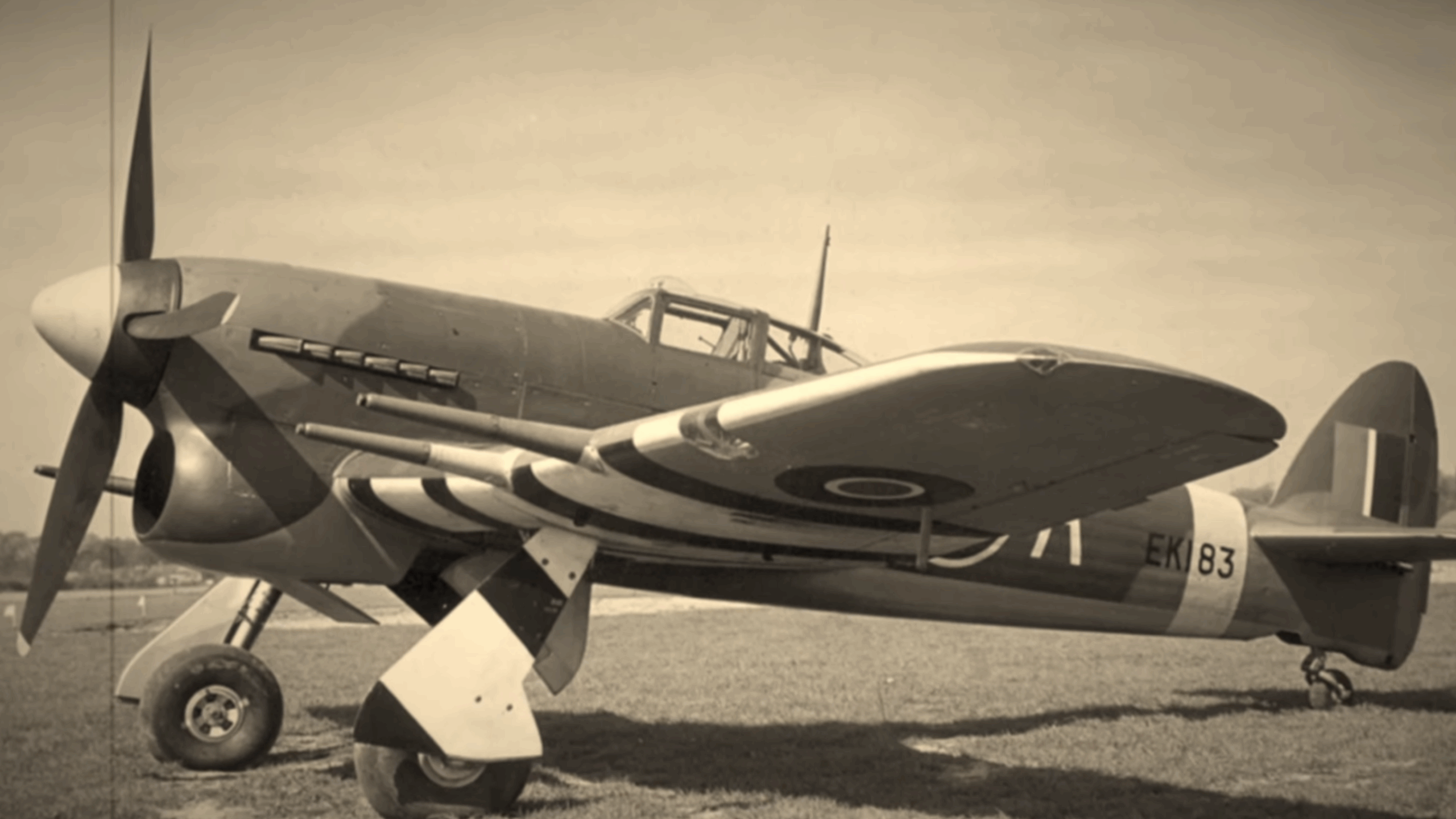
Engine Power and Deadly Risks
The Typhoon used the Napier Sabre engine, a complex 24-cylinder machine that produced 2,200 horsepower. This engine gave the aircraft incredible speed and power at lower altitudes. But it came at a price. The engine was sensitive and difficult to maintain. Minor issues like humidity or dust could shut it down. Mechanics often said working on it was like convincing a dragon not to breathe fire.
Cockpits often filled with carbon monoxide, and pilots complained of headaches or worse. The exhaust pipes, nicknamed “death pipes,” would crack and leak gas into the cabin. Flying through rain or birds could cause the engine to seize. One pilot was forced to ditch the plane into the English Channel after hitting a seagull. Still, when the engine ran properly, it gave the Typhoon brute force that few other aircraft could match.
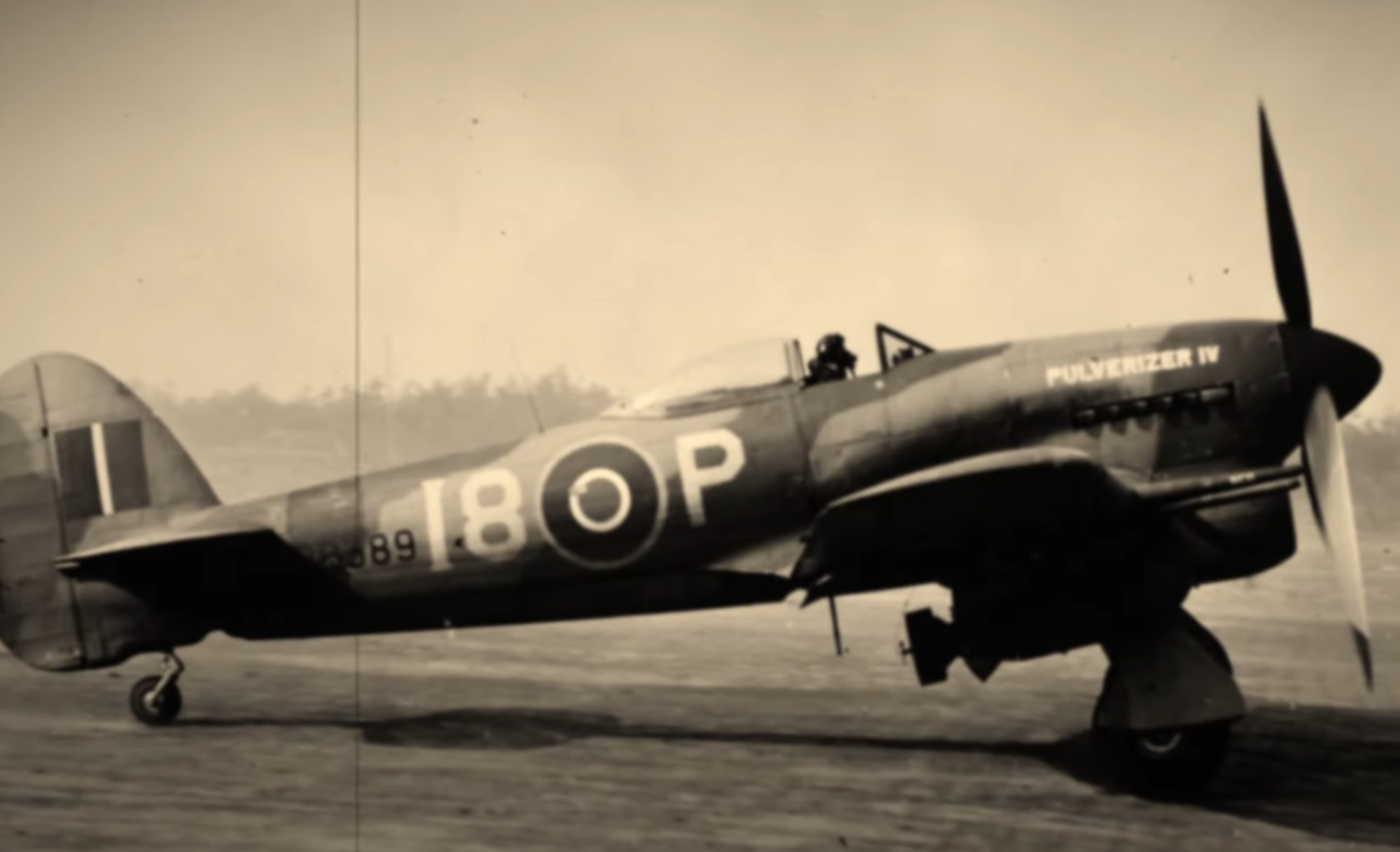
From Failure to Tank Killer
By 1942, the Typhoon was equipped with rockets and armor, and its role shifted to close support. The aircraft’s new mission was to destroy German ground targets. In August 1944, during Operation Totalize, Typhoons flew nearly 300 sorties in two days, firing thousands of rockets and cannon shells. They destroyed miles of German tanks and transport. German troops quickly learned to fear the Typhoon’s distinctive shriek as it approached—sometimes fleeing before a single shot was fired.
Its psychological effect was powerful. Allied soldiers welcomed the sound of Typhoons overhead, while German tank crews sometimes abandoned vehicles at the first sign of its engine noise. Some officers later admitted that just seeing the aircraft’s shape caused instant panic.
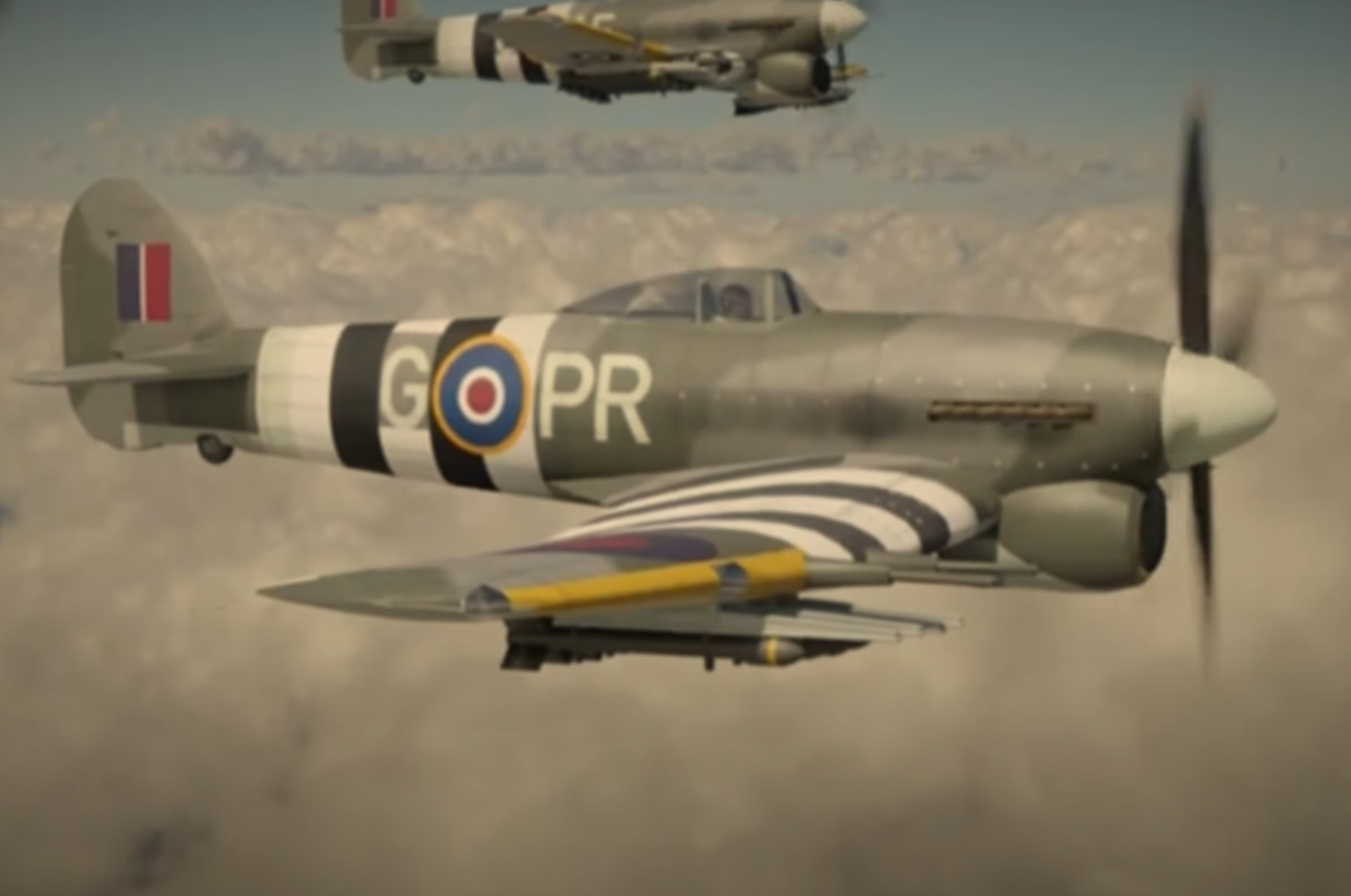
A Legacy Forged in Fire
The Typhoon’s loud engine, powerful cannons, and rocket attacks made it valuable in ground warfare, but the noise also caused problems. Pilots often lost hearing temporarily, and radios failed due to vibration. Even so, the aircraft became a symbol of power for Allied forces.
After the war, jet fighters replaced the Typhoon, and most of the 3,300 built were quickly scrapped. Their parts were melted and reused, while museums mostly ignored the design. Only a few survive today, including one restored example at the RAF Museum. Though not remembered for beauty or precision, the Typhoon earned its place through sheer impact. In the end, it was not a work of art—but it was a weapon that got the job done.
